Happy Melancholy
Why Sad Music Sometimes Comforts Us – and Sometimes Holds Us Captive
Inside. A dimly lit room.
On the bed sits a boy, maybe twelve years old.
He wears headphones, the world outside has faded into silence. His eyes are half-closed, his gaze distant. From the outside, he looks melancholic — but inside, a storm of emotions is raging. And yet, there’s something calming about it. Something comforting. Something that lets him breathe.
I was about that age when I first felt that music truly understood me. It was Linkin Park’s debut album — Hybrid Theory, and later Meteora.
The voice of Chester Bennington screamed pain without asking for pity. There was rage. There was sadness.
But also something else:
A beautiful kind of pain.
A feeling of solace.
A quiet realization: I am not alone in this.
Why does melancholic music sometimes heal — and sometimes pull us deeper into our sorrow?
What is that bittersweet feeling some people call “Happy Melancholy”?
I first heard the term from Aaron Stainthorpe, the singer of the doom metal band My Dying Bride. In music full of darkness, slow tempos, and despair — suddenly, a word like “happy.”
And yet, it made perfect sense. There is comfort in acknowledging sadness.
There is connection in shared melancholy. Sad music gives many people the feeling of being seen and understood.
Research shows that sad music often evokes positive emotions in listeners — such as catharsis, emotional closeness, or even warmth (Taruffi & Koelsch, 2014).
It becomes a resonance chamber — reflecting our inner state.
And it helps us feel alive.
But is there a darker side?
Yes — those who immerse themselves too deeply in melancholic music may become trapped in it.
Studies show that especially among people with depression, a pattern of ruminative listening can emerge — repeatedly experiencing negative emotions through music (Garrido & Schubert, 2015).
Some songs help us heal. Others hold on to us.
A few examples:
In songs like Breaking the Habit or Somewhere I Belong, Linkin Park combines personal despair with collective rage and compassion.
In doom metal — with bands like My Dying Bride or Swallow the Sun — slow tempos and deep vocals express an almost sacred, existential sadness.
In film music, composers like Max Richter (On the Nature of Daylight) or Jóhann Jóhannsson create bittersweet sonic landscapes that carry both pain and beauty — deeply human and profoundly moving.
“Happy Melancholy” is no paradox.
It’s a state of being.
A moment in which we accept that pain is part of life.
A moment where music doesn’t need to provide answers — it simply reaches out and holds our hand.
“There is a crack in everything. That’s how the light gets in.”
– Leonard Cohen
Do you know the feeling of “Happy Melancholy”? Is there music that makes you sad — and yet comforts you at the same time?
I’d love to hear your thoughts.
References
Garrido, S., & Schubert, E. (2015). Mood management through music: A review of mechanisms and applications. Psychology of Music, 43(2), 198–210.
➡️ DOI-Link
Taruffi, L., & Koelsch, S. (2014). The paradox of music-evoked sadness: An online survey. PLOS ONE, 9(10), e110490.

